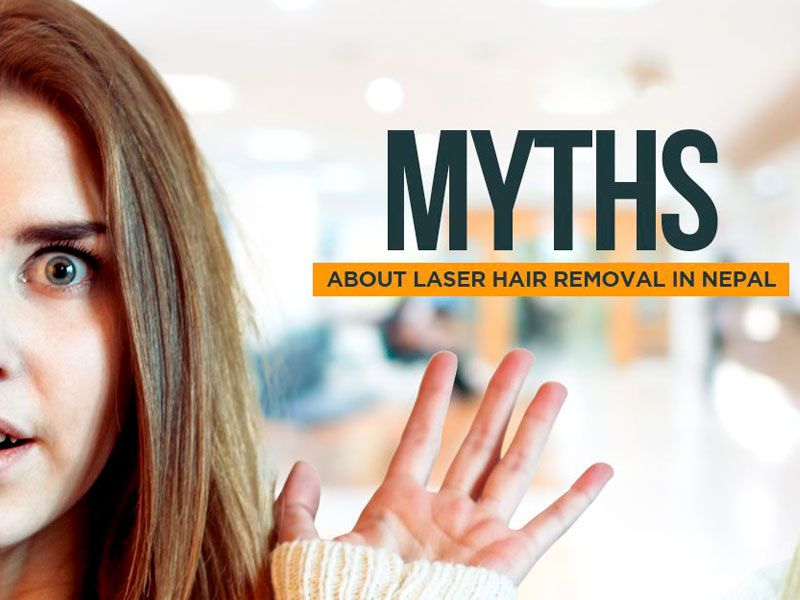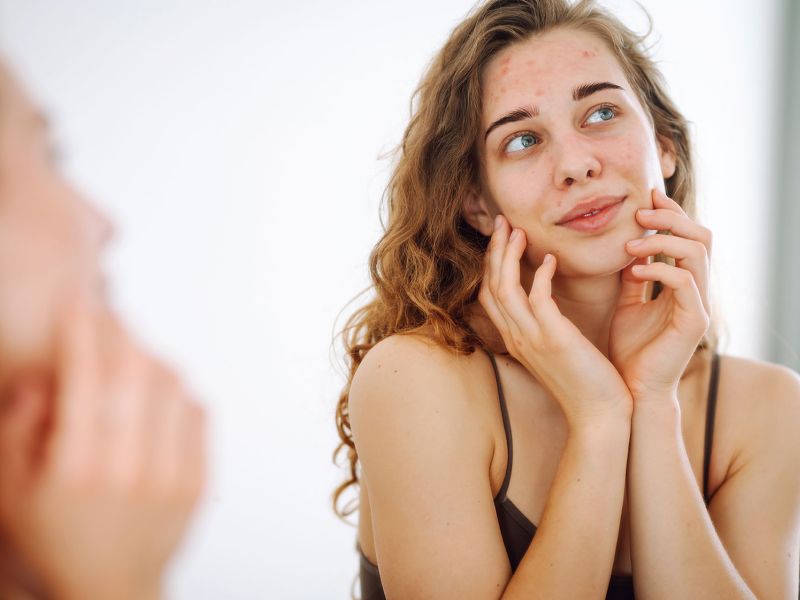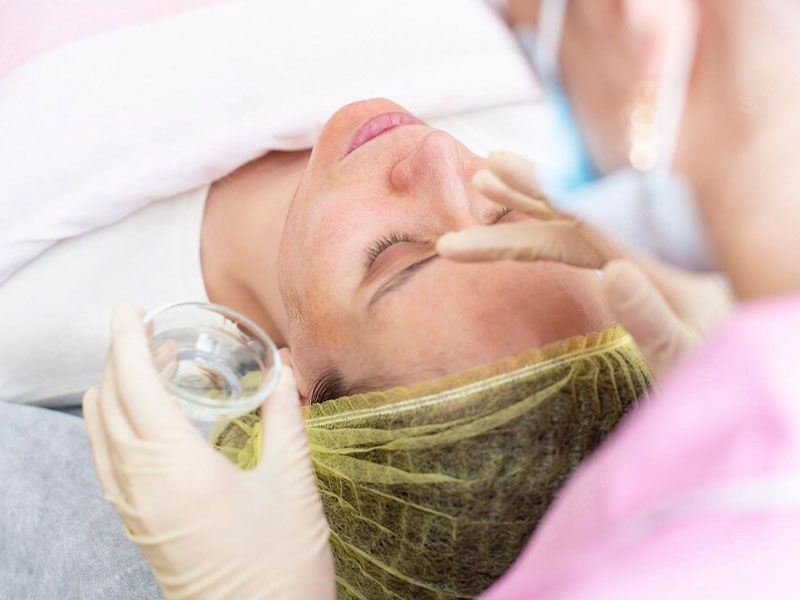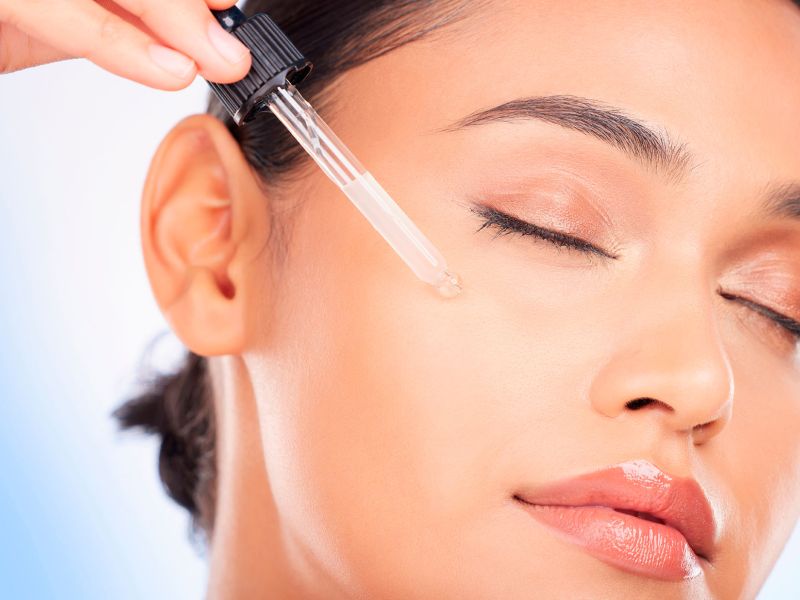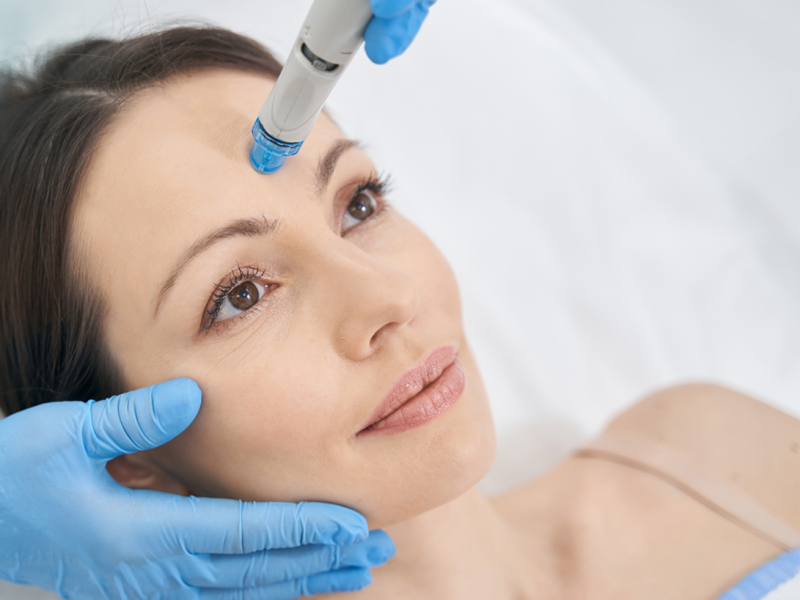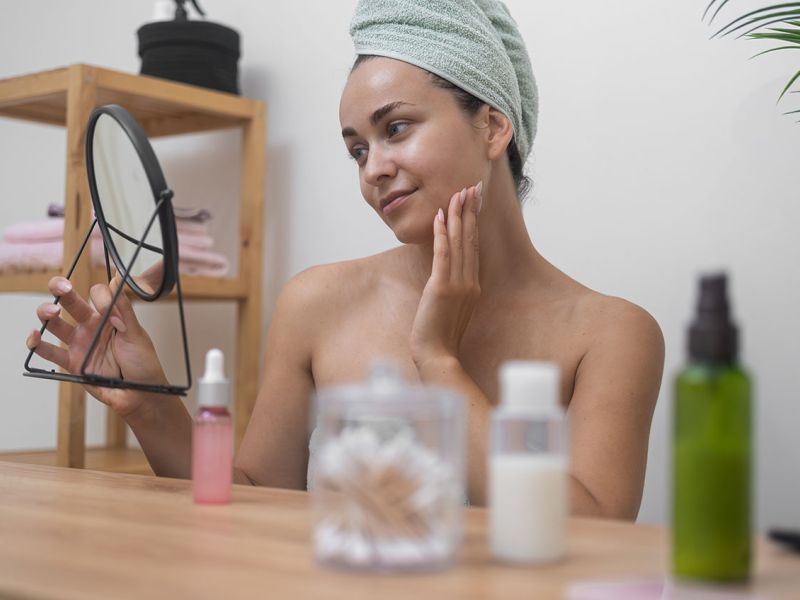Acne Treatment and Truth about Chemical Peel

Acne is a common skin condition that affects millions of people worldwide. It is a chronic inflammatory disorder of the pilosebaceous unit, which is composed of the hair follicle and the sebaceous gland. The condition manifests as pimples, blackheads, whiteheads, and cysts on the face, neck, chest, back, and shoulders.
Acne is caused by a combination of factors, including genetics, hormonal imbalances, stress, and diet. The condition is most prevalent during puberty, when hormone levels are fluctuating, but it can affect people of all ages.
While acne can be frustrating, it is treatable. There are numerous acne treatment options available, ranging from over-the-counter remedies to prescription medications and professional treatments. In this article, we will explore some of the most effective acne treatments.
Topical treatments:
Topical treatments are applied directly to the skin and include products such as benzoyl peroxide, salicylic acid, and retinoids. These products work by unclogging pores, reducing inflammation, and killing bacteria. They are available in different strengths, and it’s essential to use them as directed to avoid irritation.
Oral medications:
In some cases, oral medications may be necessary to treat acne. Antibiotics, such as tetracyclines and azithromycin, are often prescribed to reduce inflammation and kill bacteria. Oral contraceptives can also be prescribed to regulate hormone levels, which can help reduce acne. Isotretinoin is a powerful medication used to treat severe acne that does not respond to other treatments, but it has significant side effects and must be closely monitored by a doctor.
Professional treatments:
In addition to topical and oral medications, several professional treatments are available for acne. These include chemical peels, light therapy, and extractions. Chemical peels use acids to exfoliate the skin and unclog pores, while light therapy uses blue light to kill bacteria. Extractions involve manually removing blackheads and whiteheads from the skin.
Lifestyle changes:
Making changes to your lifestyle can also help improve acne. Eating a healthy diet rich in fruits and vegetables, decrease intake of dairy products and sugary food, getting enough sleep, and managing stress can all help reduce acne. Avoiding picking at or squeezing pimples can also prevent scarring and further irritation.
Chemical Peels:
Chemical peels involve applying a chemical solution to the skin that exfoliates the outer layer of the skin, revealing smoother, clearer skin underneath. Chemical peels can be effective in reducing the appearance of acne scars and hyperpigmentation. However, they can also cause redness, peeling, and sensitivity to the for a few days.
Laser and light therapy:
Laser and light therapy use high-intensity light to target acne-causing bacteria and reduce inflammation. This type of therapy can be effective for treating moderate to severe acne, but it can also cause redness, swelling, and sensitivity to the for some days following laser light therapy.
To further explore the treatment and procedure for dealing with acne outbreaks, we can dive deep into the myths and facts about chemical peels. Chemical peels are a popular cosmetic treatment that can improve the appearance of skin by removing damaged layers and promoting new cell growth. Despite their effectiveness, there are many myths surrounding chemical peels that can cause confusion and discourage people from trying this beneficial treatment.
This article will explore some common myths and facts about chemical peels.
Myth: Chemical peels are painful.
Fact: While chemical peels do involve applying an acidic solution to the skin, the discomfort is typically minimal. Patients may experience a mild burning or stinging sensation during the treatment, but this usually subsides quickly. Many people find the sensation to be similar to sunburn. After the treatment, patients may experience some redness or flaking, but this is temporary and can be managed with moisturizer and sunscreen .
Myth: Chemical peels are only for people with severe skin problems.
Fact: Chemical peels can benefit people with a wide range of skin concerns, from acne and hyperpigmentation to fine lines and wrinkles. The treatment can be customized to address specific circumstances, and there are different strengths of peels available to accommodate varying skin types and conditions. Some people even use chemical peels as a preventative measure to maintain healthy, youthful-looking skin.
Myth: Chemical peels are only for the face.
Fact: While chemical peels are commonly used on the face, they can be applied to other areas of the body as well, such as the neck, chest, hands, and back. Chemical peels can effectively treat sun damage, age spots, and other skin concerns in these areas. It’s important to note that the skin on different parts of the body may react differently to the treatment, so it’s essential to work with a qualified provider who can tailor the treatment to each patient’s needs.
Myth: Chemical peels are dangerous.
Fact: Chemical peels have been used for decades and are generally considered safe when performed by a qualified provider. As with any cosmetic treatment, there are potential risks and side effects, but these are rare and can be minimized by working with an experienced provider. It’s important to disclose any medical conditions or medications to your provider before undergoing a chemical peel, as these factors can impact the safety and effectiveness of the treatment.
Myth: Chemical peels can only be done in the winter.
Fact: While it’s true that the sun can exacerbate the side effects of a chemical peel, such as redness and sensitivity, chemical peels can be performed year-round. With proper sun protection, patients can undergo a chemical peel at any time of the year. It’s important to follow your provider’s post-treatment instructions carefully to minimize the risk of sun damage.
Chemical peels are a safe and effective cosmetic treatment that can improve the appearance of the skin by addressing a variety of concerns. By dispelling common myths and understanding the facts about chemical peels, patients can make informed decisions about whether this treatment is right for them. As always, it’s important to work with a qualified provider to ensure a safe and successful outcome.
In conclusion, acne is a common skin condition that can be effectively treated with a variety of methods. Topical treatments, oral medications, chemical peels, laser and light therapy, and lifestyle changes can all be effective in reducing the appearance of acne and preventing further breakouts. It is important to discuss treatment options with a healthcare provider to determine the best course of action for individual needs and skin types. With the right treatment plan, acne can be managed and confidence restored.
Other Recent BLogs
-
 Melasma Treatment, Causes And Prevention
Melasma Treatment, Causes And Prevention -
 Different Types Of Acne
Different Types Of Acne -
 What are the various steps for Laser Tattoo Removal?
What are the various steps for Laser Tattoo Removal? -
 Acne Treatment and Truth about Chemical Peel
Acne Treatment and Truth about Chemical Peel -
 Skin Care for All Seasons, Adjusting Your Routine to Weather’s Whims
Skin Care for All Seasons, Adjusting Your Routine to Weather’s Whims -
 The Role of Stress in Skin Health: Managing Your Complexion in High-Pressure Times
The Role of Stress in Skin Health: Managing Your Complexion in High-Pressure Times -
 Understanding the Differences Between Teen and Adult Acne: A Guide from Elara
Understanding the Differences Between Teen and Adult Acne: A Guide from Elara -
 Should I Stop Using Moisturizers and Sunscreen Because I Have Acne-Prone Skin? Skincare Routine for Acne-Prone Skin
Should I Stop Using Moisturizers and Sunscreen Because I Have Acne-Prone Skin? Skincare Routine for Acne-Prone Skin
